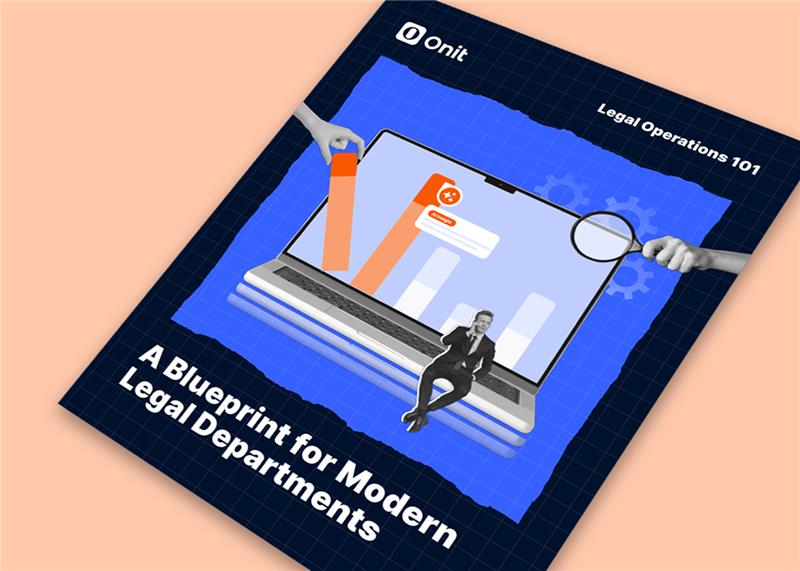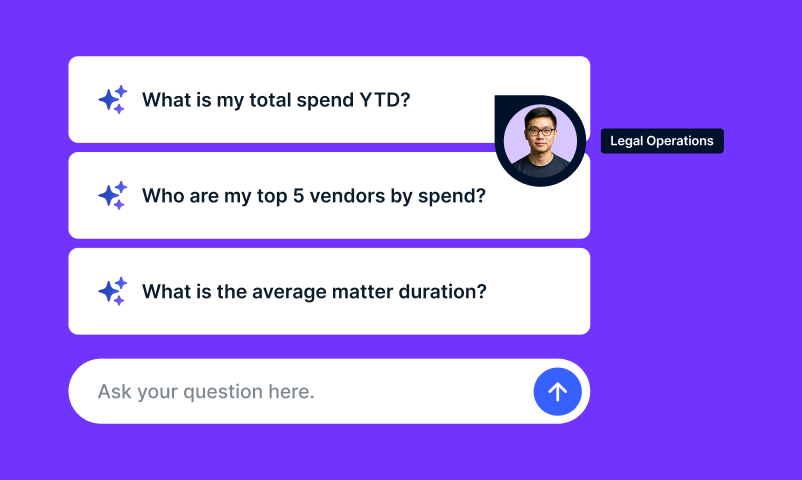Part three of a three-part “Guide to Seamless Legal Tech Implementation” Parts one and two are below.
Part 1 – Scoping the project before buying or building the technology
Part 2 – Ensuring the internal and external project stakeholders are on-board
Change management is essential for successful legal tech implementation. It is often understated or not fully appreciated, sometimes seen as an “add-on” to the project’s more technical aspects. Those who underestimate the importance of change management during implementation often fail to achieve the desired business outcomes.
Routine tasks will change, and with that comes an inevitable learning curve. For example, with e-billing, manual invoice checks and approvals are replaced by automated rules-based processing. Change also brings more exposure to and interaction with business processes and data. Humans are wired to resist change, with numerous studies showing a strong preference for items and processes that have been around longer, even when maintaining the status quo is irrational. Changing takes conscious effort to learn something new, so communication is vital when presenting changes and benefits. Often the “why” and the “how” are not communicated company wide. Why has the organization decided to do this, and how will it benefit the organization and those that work there?
Unless everyone has a clear vision and understanding of the potential benefits, it can be difficult to institute change management. Change management includes guiding, educating, encouraging, and supporting the organization through this transition period. Complexity and scope define change management strategy for a software project. Let’s break this down into six key sections.
Sponsorship
Active sponsorship for change at a senior executive level is vital to success. This sponsorship must be active and visible to the project team and all stakeholders. In many cases, the sponsor will set the project’s strategic direction and drive the program forward. They will judge any conflicts that may arise and act as an “honest broker” in issue resolution to move the legal tech implementation forward. The sponsor will also be the primary source of high-level project communications and be the figurehead of any key announcements to the broader user population.
Stakeholder Buy-In
As we identified in the previous blog, it is essential to identify the key project stakeholders and stakeholder groups affected directly or indirectly. Some of these groups or individuals may be fully on board with the program and may require little management in expectations. If using a phased approach, start with this group and use them as a case study to communicate their achievements because of the change. It’s also better that any issues happen with a keen sub-group than the whole company.
Some likely key stakeholders may have other priorities or may be resistant to the change that a major project will bring about. Managing this resistance is very important if the project is to succeed, and you can use many tools and techniques to overcome it. This can range from the obvious, such as education and communication strategies, to the more extreme measures, including negotiation and bargaining. A last resort – coercion – will likely be counter-productive in the long term.
Involvement
Legal tech implementation and changing key processes will inevitably result in role and responsibility changes for some of the organization’s employees. The likely impact will depend on the business process level and operational change undertaken. As part of the planning phase, it is vital to engage and involve team members whose day-to-day tasks will change and capture the key business processes, both current and new, including reasons for change. These are likely the same users who provided requirements for the scoping document. This will help to ensure only necessary changes are made, not change for change’s sake. Also, capture their perceived negatives and positives, as you are unlikely to have considered everything; this helps with the implementation of legal tech and communication later. This analysis exercise will provide valuable information to the project team and the basis for discussions on potentially sensitive job reassignments undertaken as part of the implementation. With e-billing, most changes involve freeing legal teams of administrative burden to focus on high-value work, so the organization should positively receive these changes.
Impact
It may seem obvious, but it’s not always the case that identifying and measuring the benefits to be achieved is an essential stage in any legal project implementation. The structures and processes need successful implementation to help realize those benefits. The organization may not identify these benefits before implementing change but capturing them is essential. Benefits realization will extend beyond the implementation timescale, as benefits are often not realized until well after the go-live date.
Communication
On most projects, the first communication task undertaken by the legal change management team is the project launch announcement. Even though this may seem to have come from the project sponsor, the actual drafting will likely be by the project team itself. At the project launch, the team should inform the broader company about the project, its objectives, the expected benefits, key milestones, and members of the project team. There are many ways to transmit communications through an organization, which will often depend on the culture within the company. For example, it could be that the company’s intranet is a repository for updates and general project news, as well as other means – newsletters, departmental meetings, workshops, e-mail, etc.
It is essential to have a communication plan within the wider project plan, identifying formal information-related events as the project unfolds. As well as progress updates, inform employees of new process designs and changes. The more widely you communicate potential changes, the more likely people will understand, rationalize the benefits, and be open and accepting. It will also help with identifying possible project early adopters, who will prove invaluable when it comes to reinforcing the changes among their peers.
Readiness
Training is often left to the end of the project plan but is critical in preparing the company for a change. The project team should identify essential elements such as the approach to training, the delivery styles to be deployed, the level and nature of end-user help documentation, and how the team will measure the training program’s success. Training courses and documentation development must fully incorporate the business process information alongside the change messages and reasons for change. Courses and documents must match the depth of knowledge different groups of individuals need, from overviews to power-user level.
The organization will need help desk services, hand-holding and intensive one-to-one assistance, particularly in the immediate post-go-live period. Some software vendors provide this, but you may need to arrange it yourself, and your law firms will need support too. This investment will not only support the go-live process but will also serve as a knowledge base for new joiner training programs and possible future phases of implementation.
Related to training is the usability of the software you purchase or build. Do users need to learn a new interface? Is there another login to remember? How easy to understand is it? Many projects fail because users cannot get to grips with the system and find it easier to stick with the old process.
Change, in its broadest sense, is constant in organizations today and can be driven by many different forces, including customers, markets, and technology. Yet research shows that many change initiatives fail to accomplish their intended outcomes and may even limit the potential of an organization and its people.
The consequences of not managing change effectively can be devastating and long-lasting, so all company-wide stakeholders must understand the potential issues and equip themselves with techniques to support change-management initiatives.
Onit’s European legal spend management solution BusyLamp eBilling.Space helps customers plan their change management and user acceptance initiatives, as we understand how vital it is to your project’s success.
Learn more about BusyLamp by requesting a demo today.







